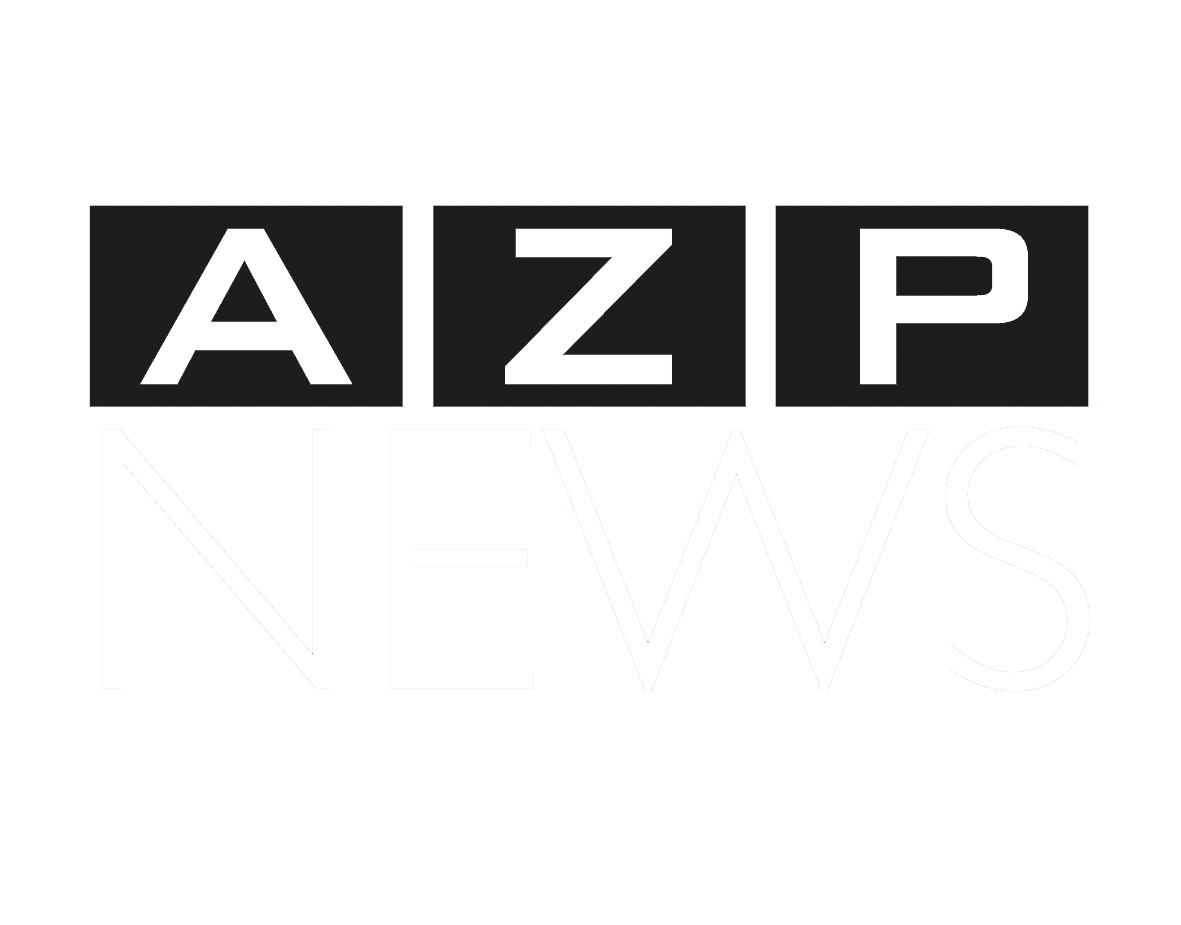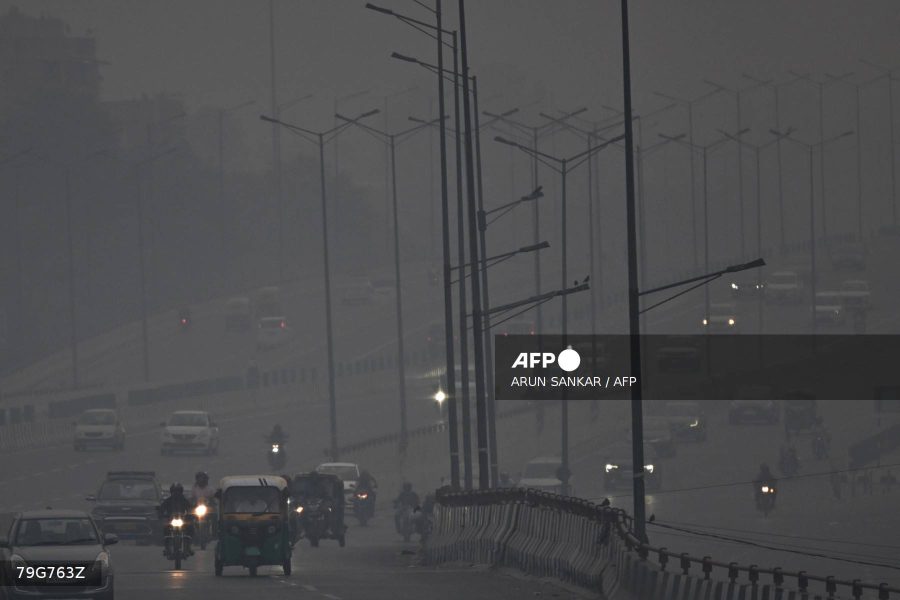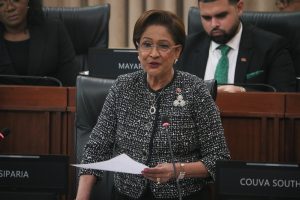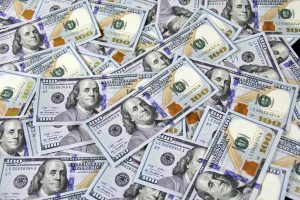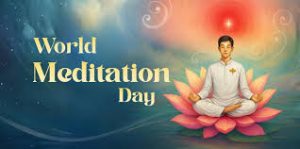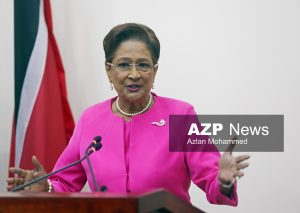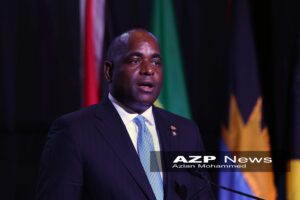Caption: Commuters drive amid heavy smog in New Delhi on October 21, 2025, as haze engulfed the city skyline a day after Divali celebrations, the Hindu festival of lights
NEW DELHI – Toxic air in India’s capital hit more than 56 times the UN health limit early Tuesday, after fireworks for the Hindu festival of Divali worsened air pollution.
This month, the Supreme Court relaxed a ban on fireworks during the festival of lights, allowing the use of less-polluting “green firecrackers” — designed to emit fewer particulates.
The ban was widely ignored in past years, however, and environmental groups have expressed doubts about the efficacy of the supposedly greener explosives.
In the early hours of Tuesday morning, just after the peak of the bursting fireworks, levels of cancer-causing PM 2.5 microparticles hit 846 micrograms per cubic metre in parts of New Delhi, according to monitoring organisation IQAir.
That is more than 56 times the World Health Organization’s recommended daily maximum.
By Tuesday morning, PM2.5 concentrations had eased to around 320 micrograms per cubic metre — roughly 23 times WHO limits, but relatively typical for New Delhi in winter.
The city regularly ranks as among the most polluted capitals.
A study in The Lancet Planetary Health last year estimated that 3.8 million deaths in India between 2009 and 2019 were linked to air pollution.
The UN children’s agency warns that polluted air puts children at heightened risk of acute respiratory infections.
![]()
